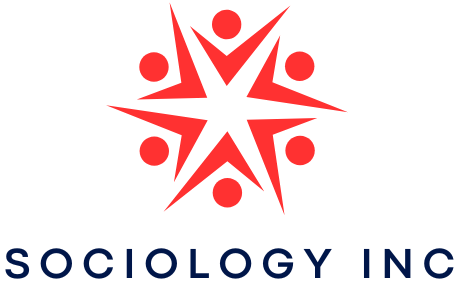I was standing in a museum once, staring at a tattered piece of cloth behind glass. It was a flag from a revolution I had only read about in textbooks. On its own, it was just linen and faded dye. But as I stood there, I could almost feel the weight of the history it held, the hopes, the lives lost, the birth of a nation. It struck me then that the most powerful forces in our lives are often not things at all, but the meanings we stitch onto them. This exploration is not just an academic exercise; it is a journey into the very glue that holds our communities together, examining the profound role of symbols and rituals in forging cultural identity and social cohesion. That single piece of fabric was a perfect example of how symbols and rituals are the quiet architects of our shared human experience. We are, if you think about it, storytelling creatures. And we need physical things to hang our biggest, most important stories on.
A wedding ring is not just a piece of jewelry. It is a daily reminder of a promise. A national anthem is not just a song; it is a collective memory set to music. These cultural symbols are like shortcuts to a universe of shared meaning. I remember feeling a pang of homesickness in a foreign airport once when I saw my country’s flag on a screen. For the person next to me, it might have been just a colorful graphic. For me, it was an entire childhood, a landscape, a sense of belonging. That is the power of a symbol; its meaning is not in the object itself, but in the silent agreement we all make about what it represents. And where there is meaning, there is almost always power. Who gets to decide which symbols dominate our public spaces? Think about the heated debates we see today over statues or flags. These are not just arguments about metal and cloth. They are battles over narrative, over which stories we value and whose history we honor.
Controlling the symbols often means controlling the story of who we are. If symbols are the nouns of our cultural language, then rituals are the verbs. They are the actions that breathe life into those symbols. I have a friend who adamantly claims no religious affiliation, yet every Thanksgiving, she orchestrates an elaborate, precise meal with the same fervor as a high priestess. Why? Because the significance of rituals provides a rhythm to our lives. They create pockets of predictability in a chaotic world. From the solemnity of a courtroom procedure to the joyous chaos of a birthday party, these social rituals give us a script to follow, which is oddly freeing. We do not have to invent how to grieve or how to celebrate every single time; the ritual shows us the way.

This is especially true for our cultural identity. The rituals we grow up with, like a specific way of celebrating a holiday or a family recipe passed down through generations, shape us in ways we do not even realize. They are a quiet, ongoing education in what our community values. I can still remember the specific order of events at my childhood Christmas Eve, the exact time we would open one present, the specific meal we would eat. That predictability was a profound comfort. It taught me about anticipation, about family, and about tradition without ever saying a word. Of course, our modern world complicates this beautiful, ancient dance. We live in a wonderfully diverse society, which means the symbols and rituals that feel sacred to me might be completely unfamiliar to you. This can create tension, but it also creates a rich tapestry of different expressions. I see this in my own city, where debates over a public mural or a cultural festival can get surprisingly heated.
Understanding that we are really debating the deep, social importance of these symbols is the first step toward navigating those conversations with more grace. Then there is the question of commerce. Let us be honest: many of our most cherished rituals have become commercialized. Weddings, funerals, even Halloween are all big business. Does buying a pre-packaged “ritual in a box” from a store dilute its meaning? Maybe. But I think it also shows our desperate need to hold onto these practices, even if we need a little corporate help to do it. And what about the new, digital worlds we are building? I find it fascinating that we have created a whole new lexicon of symbols in emojis. A simple thumbs-up or a crying-laughing face carries so much meaning.
Online communities develop their own rituals, like a specific way to wish someone a “happy cake day” or a shared mourning practice on a forum. The mediums change, but our human need to connect, to belong, and to create shared meaning does not. It just adapts. In the end, that is what it is all about. Symbols and rituals are not just decorations on the cake of society; they are the essential ingredients. They help us make sense of the world, connect with each other on a level deeper than words, and navigate the beautiful, complex journey of being human together. They are the stories we tell without speaking, and the hands that hold us together across time and space.
References
NCBI/PMC – “Cultural Symbols and Social Identity”
AnthroSource – “Anthropology Journal Publications

